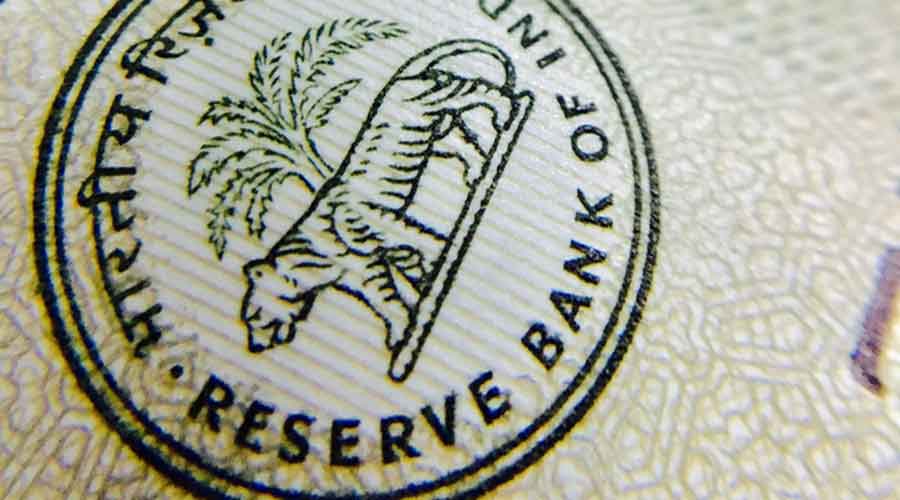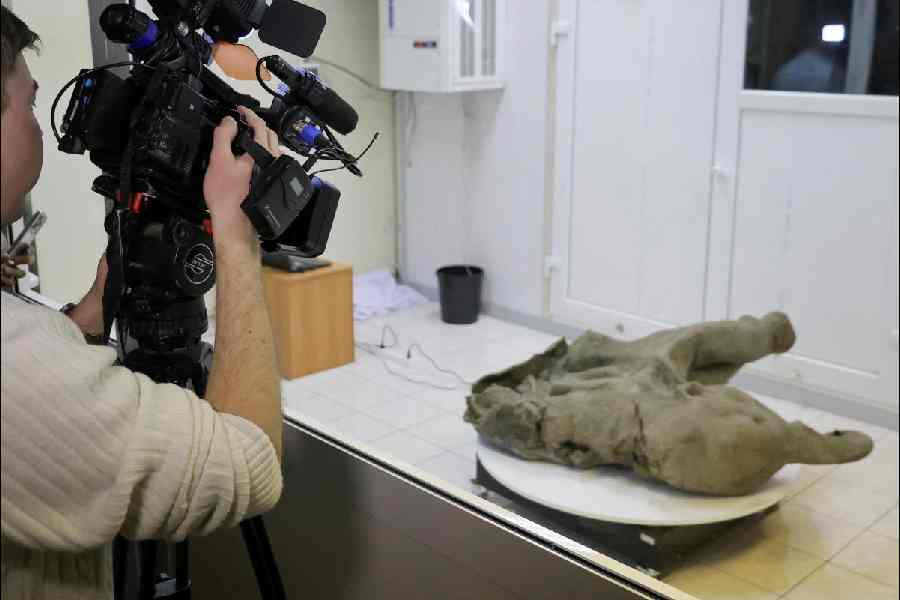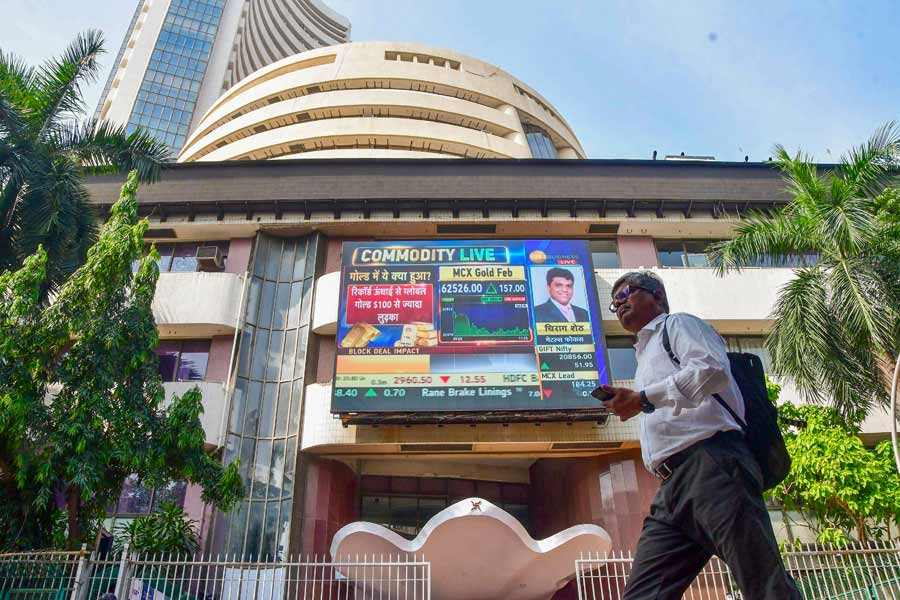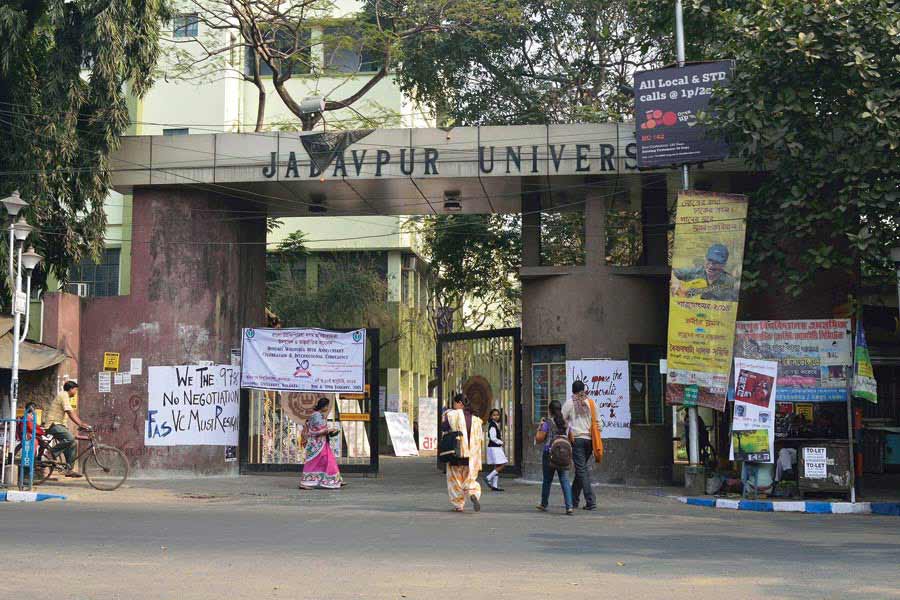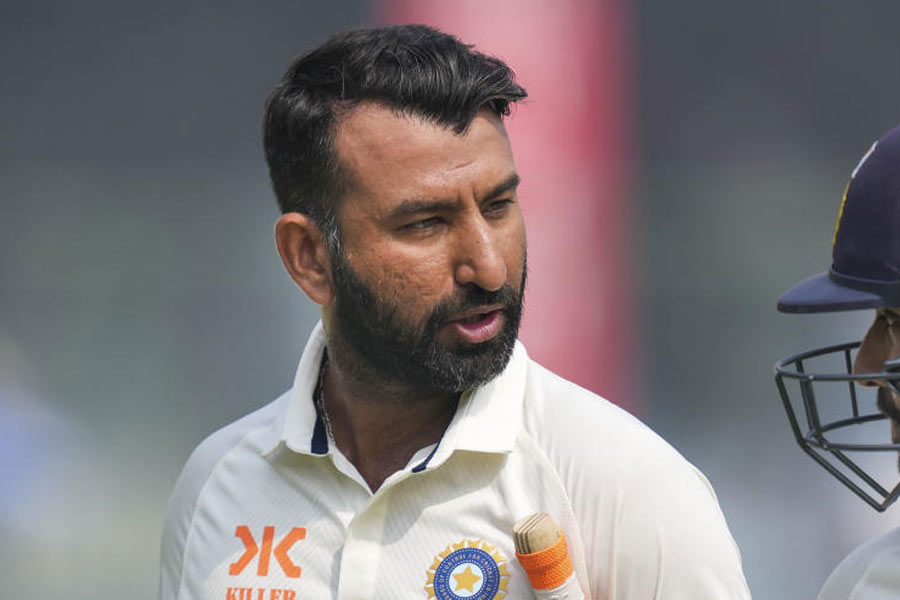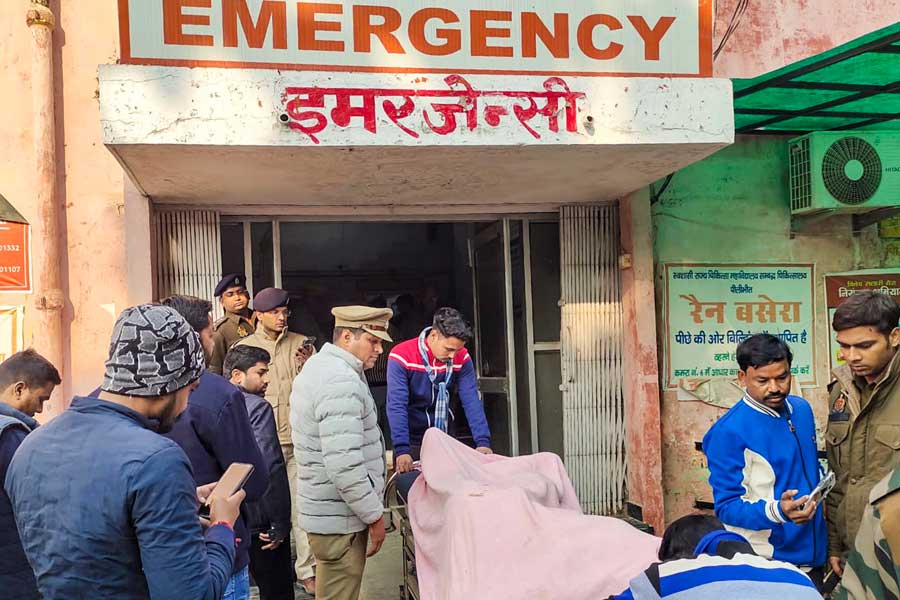The six-member interest rate setting panel of the Reserve Bank of India (RBI) will begin its three-day meeting on Wednesday where the members will have to grapple with the problem of liquidity slosh in the system even as an elevated inflation has almost ruled out the possibility of a repo rate cut.
The liquidity overhang is a result of the RBI buying dollars and selling rupees amid foreign portfolio investors parking their funds in the country — inflows touched a record Rs 63,000 crore in November — and the apex bank resorting to open market purchases.
An estimated liquidity surplus of anywhere between Rs 5 lakh crore and Rs 6 lakh crore has led to the overnight inter-bank call money rate falling even below the reverse repo rate, which is the lower band of the policy rate corridor, and certain companies raising funds through commercial paper at rates that are below the reverse repo.
With MPC widely expected to hold the policy repo rate constant, the focus has shifted to the steps it will take to manage liquidity. This comes at a time banks are parking more than Rs 5 lakh crore in the RBI’s reverse repo window, making it the benchmark rate.
The central bank could make it unattractive for banks to access the the reverse repo window. It has tried that before: on April 17, after an unscheduled review without MPC members, the RBI cut the reverse repo by 25 basis points to 3.75 per cent and followed that up with a 40 basis point cut to 3.35 per cent after the MPC review on May 22.
The rate cuts have been paused since then.
At the same time it could also take steps to mop up the surplus liquidity to preserve the sanctity of the policy rate corridor while retaining the accommodative stance.
“The MPC’s views on liquidity will assume more importance, as the transient surplus has pushed down short-term/overnight rates sharply…Strong and prolonged liquidity surplus has also raised concerns at over risk mispricing and potential asset-liability mismatches for financial institutions,” Radhika Rao, economist at DBS Bank, said in a note.
The expectation is that the central bank may allow more players such as mutual funds to tap the reverse repo window, limited only to banks at present, or that it could also revive the standing deposit facility under which banks can park funds with the RBI without any collateral.
In a recent paper titled “Four years of the inflation targeting framework”, published a fortnight ago, Ila Patnaik and Radhika Pandey of the National Institute of Public Finance and Policy, commented on the MPC’s April reverse repo rate cut saying amid the Covid-19 crisis, the RBI unilaterally decided to reduce the rate.
“Moves such as these could raise questions on the relevance of the monetary policy committee. During this period, the reverse repo rate has been changed more frequently than the repo rate. Some members of the MPC raised question on whether the reverse repo rate has become the new effective policy rate,” they said.
The MPC meeting also comes at a time credit offtake has not shown any meaningful signs of a pick up though banks have seen an uptick in retail loans during the festival season.

